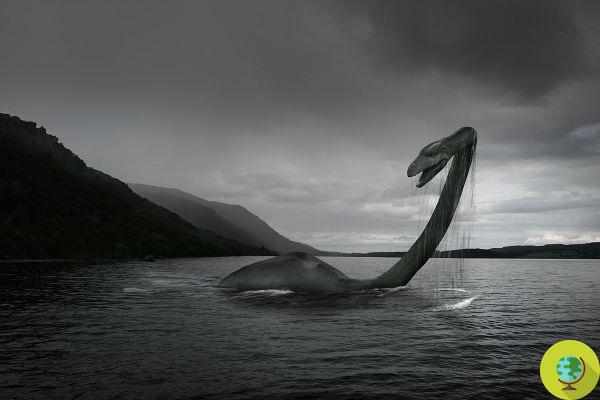
The Loch Ness monster is a giant eel, at least according to a series of DNA tests carried out by a research group at the University of Otago (New Zealand) that seem to put an end to one of the longest-lived (and loved) mysteries in history. , which for decades has been wondering if the infamous being really exists.
He is about to end up run over, his mother saves him
The Loch Ness Monster is a giant eel, at least according to a series of DNA tests carried out by a research group at the University of Otago (New Zealand) that seem to put an end to one of the longest-lived (and loved) mysteries in history.
A thorough investigation was carried out in the Scottish waters of Loch Ness, where, as early as the XNUMXth century, the apparitions of a figure on the edge of mythology are narrated, which has inspired (and attracted) tourists from all over the world, contributing to build a “dark” frame around these places, already linked to the noir narrative.
The results come from the taking of 250 water samples and their related analyzes, which extracted and sequenced the DNA, comparing them with the literature databases, in order to trace a complete picture of life in the lake, from fish to simple bacteria.
No shark, no shark and not even a huge sturgeon, as well as excluding a "still living wreck" of the pleisosauro, a species that lived about 200 million years ago, but a"oversized" eel yes, because, while there is no genetic trace of the other species hypothesized over the centuries, there are several that lead to eels.
"Most species are so small that they can hardly be seen - explains Neil Gemmell, who spearheaded the research - but there are some larger ones and of course the question we all ask is whether there is something big enough to explain the kind of observations people have made over the years leading up to the legend of a monster in Loch Ness ”.
A discovery that occurs "by exclusion", as often happens in research.
“There is a very significant amount of eel DNA, with DNA found in virtually every sample. So are they giant eels? Well, our data doesn't reveal their size, but the sheer amount of the material says we can't dismiss the possibility that they exist and therefore neither are they what people see and believe the Loch Ness monster is. "
But why choose this legend as an object of research? The "monster-factor" offered the team the opportunity to show the world the science ofe-DNA, which stands for 'environmental DNA', defined as "genetic material obtained directly from environmental samples without evident signs of other biological sources", that is a technique with which the genetic trace par excellence extracted directly from the 'environment.
Take advantage of an interest in the mystery to disclose? Yes, it is one of the ways in which science tries to make its way even among non-experts. For this, a Travel Channel expedition has collected material for a series of documentaries, which will start on the Discovery Channel on September 15th.
“Nessie's quest is one of the most iconic and beloved mysteries in the world, which captures our imagination and sense of adventure - explains Travel Channel's Matthew Butler - This scientific expedition aimed at finding answers to what might be lurking under those waters is a very captivating scenario ”.
Further confirmations are necessary to be able to affirm with certainty that the "monster" is a giant eel, which however, after these researches, remains the most plausible theory of all.
But anyway, as Gemmell himself maintains, beyond the scientific studies that could put a stone on the "mystery", the Loch Ness monster will never die.
Read also:
- Loch Ness Monster: Fossil hunters find the legendary creature's skeleton
- The Loch Ness Monster is back… as an infuser for tea and herbal teas! (PHOTO)
Roberta de carolis


























